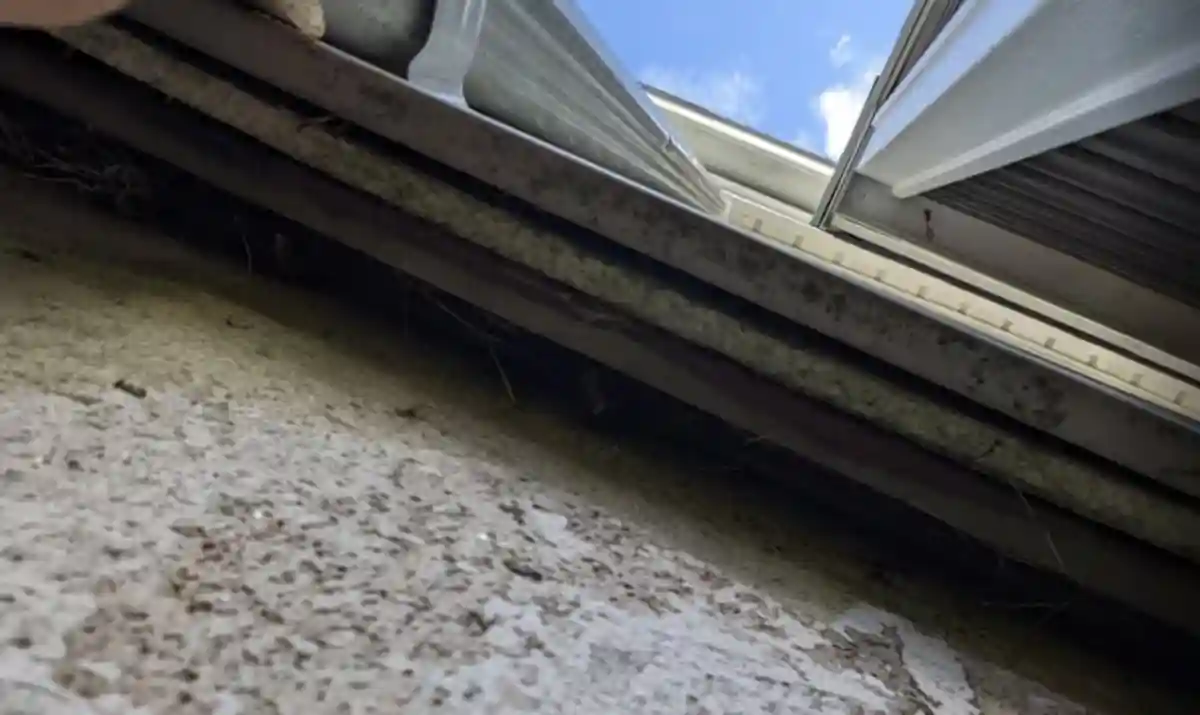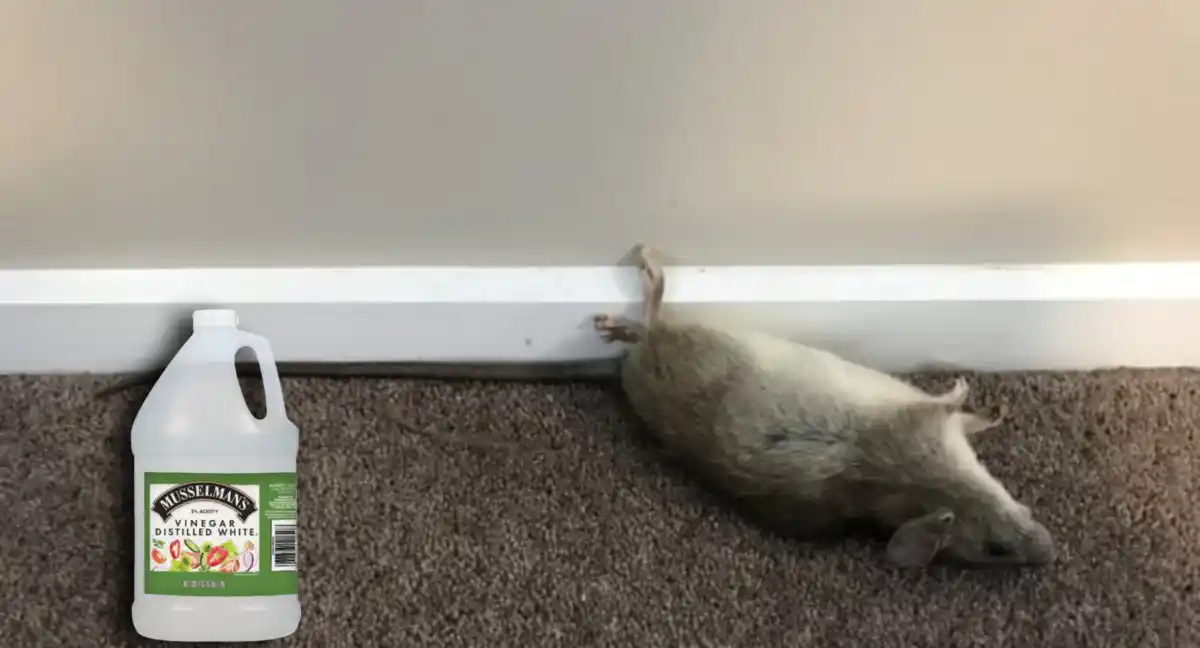They may look small and harmless — maybe even kind of cute — but mice are wild animals and can cause serious damage to your home and property. Mice also transmit pathogens that cause diseases, endangering your family. One common way they enter your home is through irregularities in your home’s foundation where it meets the siding. Thus, you want to stop mice from getting under siding.
You can find gaps and cracks along the siding after inspection. Holes occur over time when seals crack around plumbing fixtures on your siding, allowing mice entrance into your home.
How to stop mice from getting under siding

Sealing your siding gaps can secure your home from outdoor pests. It is inexpensive, simple to do, and only requires a little time to locate the cracks. Below are the steps to stop mice from getting under siding:
1. Find the siding gaps
First, locate the entry points that mice use to get into your home. Start by inspecting the exterior of your home by crawling around it and using a flashlight to identify any cracks, holes, or gaps in the siding.
2. Inspect the siding closely
Examine the siding where it meets the foundation of your house for any holes or gaps. You may find it helpful to use a small mirror for a better view of areas that are difficult to see.
3. Determine the sizes of the holes
To assess the size of the holes or cracks, try inserting a pencil into them. If the pencil can fit, it means that a mouse can also squeeze through the opening. Mice can fit through a hole the width of a pencil (1/4 inch or 6 millimeters in diameter). So, to stop mice from getting under siding, you want to block off holes as small as this size; do not hesitate.
4. Inspect your basement and attic
It is best done during daylight hours. Go into your basement or attic with the lights off. If you see any light streaming in, it could be coming through cracks in the siding. To help identify these cracks, look for spider webs, which can often be found near the openings.
5. Fill the siding openings
Before proceeding, make sure to put on gloves and eye protection, and bring a rag for cleaning up any spills. Once you have the necessary safety gear, visit the cracks and gaps you identified along your siding.
For small cracks and gaps in your siding, under 1/4 inch wide, use an acrylic latex caulk to fill them to stop mice from getting under siding. This is an inexpensive solution that can be easily applied to the cracks. Once the caulk is dry, you can even paint over it for a seamless finish.
For gaps that are up to 1/2 inch wide, use polyurethane caulk to seal them. Although this material is messier than acrylic latex, it is effective in sealing larger openings. To clean up any excess, use mineral spirits and a rag. If desired, you can also paint over the caulk once it has dried.
6. Apply expanding foam
For both large and small gaps, you can use expanding foam to fill them. Simply spray the foam into the gap to stop mice from getting under siding. If you want a cleaner result, look for a can labeled “minimal expanding foam”.
For larger openings, use pieces of copper scrubbing pad, which can be purchased at a hardware store, to plug them up. First, fill the gap with expanding foam, and then insert the copper pad. The copper will prevent mice from gnawing through the foam in the future. For a cleaner result, consider using minimal expanding foam, which will produce less excess to clean up later.
7. Use quick-dry cement or silicone caulk
Sealing openings to prevent mice from getting into your home requires careful consideration and the use of the right tools and materials. Simply using an SOS pad or stuffing a rag into a gap will not be effective in keeping them out. To fill gaps in the foundation, using concrete is necessary. You can either purchase quick-drying cement and seal the holes yourself, or hire a company to redo the foundation.
For cable and plumbing vents, sealing with silicone caulk can be effective, but adding galvanized steel mesh will provide added protection against mice chewing through. Weep vents can be sealed off with stainless steel inserts from a hardware store. For aluminum siding to stop mice from getting under siding, sealing with a combination of silicone or spray foam and steel mesh are recommended.
Get professional help to stop mice from getting under siding
A professional exterminator can provide an inspection and help seal these entry points in a way that will prevent future penetration by mice.
If you already have mice in your home, it’s a good idea to have an inspection done to ensure all entryways are sealed. Failure to do so could result in ongoing pest problems that can cause serious damage to your home, and in extreme cases, lead to the property being condemned by government authorities.






